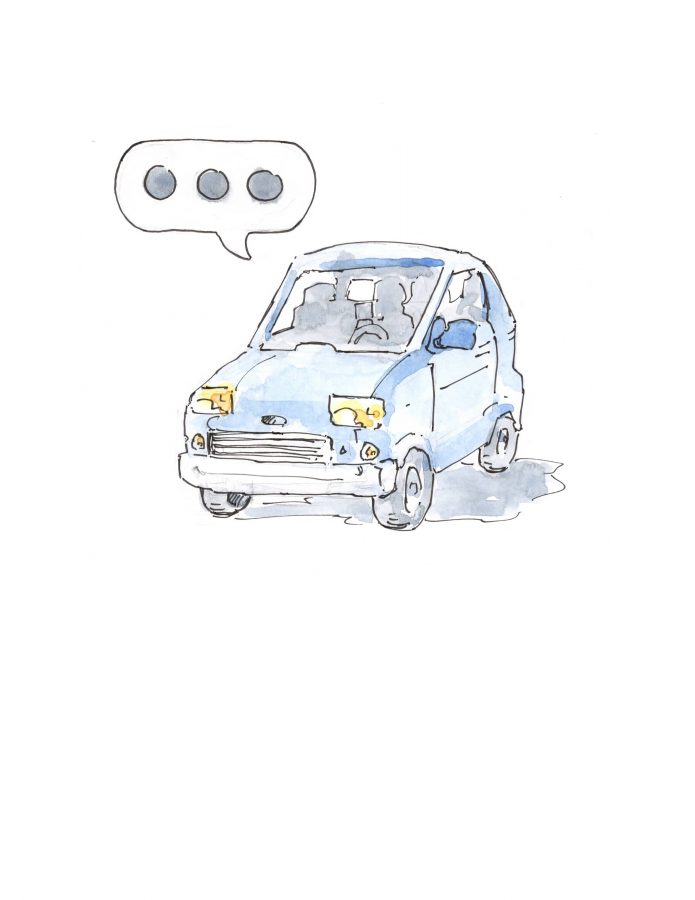AT&T’s “The Unseen” commercial is quite spine-chilling. The video, featuring a father who drops his daughter off at a pool, places a boy in the backseat of the dad’s car. After some conversation between the two, the man’s phone goes off. The boy asks, “Do you want to answer that?” The man responds, “I’d never with a kid in the car.” The boy responds, “It’s okay — I’m not here,” and disappears. The man glances down at his phone. At that moment, the boy says, “I’m there,” and runs out into the street, chasing a soccer ball. The man attempts to slam on the brakes, and the video fades to black.
Of all age groups, the under-20 group remains especially distracted behind the wheel, with 11 percent of fatal crashes taking place while the under-20 driver was distracted. According to Nationwide, distracted driving crashes cost Americans $39.7 billion in 2010.
Distracted driving accounts for one in five car accidents in Texas, causing approximately 110,000 accidents in 2016 alone. Those accidents resulted in over 3,000 people injured and another 455 dead in one year. Texas’ House Bill 62 (HB 62), which went into effect in September, creates a statewide texting-while-driving ban. The measure, however, is mostly symbolic, and awareness campaigns are failing to slow the growing rate of distracted-driving crashes in Texas, up 3 percent from 2015.
I hear many of my peers and adults claim, “I never text and drive.” That might be true. But posting to social media, going through a Spotify playlist and so many other activities count as distracted driving too. Texting should no longer be the sole focus of these campaigns.
“The problem lies in the fact that there are defenses to prosecution built into the law, such as it is legal for someone to use their phone for GPS or for changing music,” Austin Police Detective Patrick Oborski said. “It is very difficult for an officer to actually see what the driver is doing on their phone screen. Without a driver actually admitting that they were texting, it makes it very difficult to prosecute.” Austin’s city ordinance prohibits any electronic device in a driver’s hand while driving a motor vehicle, while the state’s new law prohibits messaging specifically.
Texas needs to do more. Driver’s education should ask students to sign a pledge saying they won’t use their phone while driving. The Texas Department of Public Safety should make public campaigns every month as if it were a month dedicated to awareness of distracted driving. There should be more commercials like AT&T’s on TV and YouTube. More companies should ban employees from using phones while driving for work, implementing policies like the ones David Teater advocates for after losing his 12-year-old son to a distracted driver.
Bombarding people with stories and statistics of distracted driving would create a new conversation about the practice. It would spread safe driving habits amongst families and individuals. The Texas DPS’s “Impact Texas Drivers” program, a two-hour video for drivers age 15 to 17, is a step in the right direction, but it can’t accomplish much without a push within families and employers to stop bad driving habits.
Our optimism bias causes us to underestimate risk to ourselves. “That will never happen to me” pervades the mind. You need to stop believing you’re invincible. Using a phone while driving is a dangerous and deadly idea. Don’t underestimate the chance of causing a wreck while distracted, for the legal, economic and social costs will ruin you and others for a lifetime if wrong.
Verses is a Plan II and environmental engineering freshman from San Antonio.





















